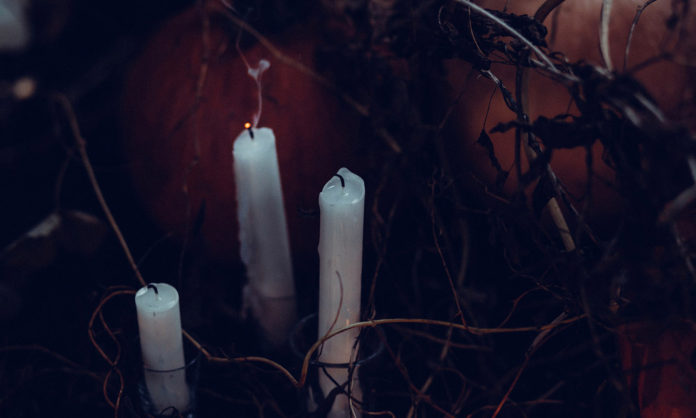
In an article for Writer’s Digest, Ava Reid shares four tips for writing gothic horror, including how to define it.
- Fear vs. horror. Fear is an immediate threat to your life, but horror messes with your mind, Reid says. Therefore, horror doesn’t have to show a lot of gore, if it messes with reality. “The gothic subgenre in particular is famous for its slow-build, creeping dread,” Reid writes. Horror is not always supernatural. The discovery of something that violates the natural order or a social taboo can be just as disturbing as a monster.
- Location, location, location. Gothic novels often feature creepy old mansions, but the most important element is that you can’t leave. “[An] oppressive, claustrophobic atmosphere is also a necessary trait of the gothic,” Reid says. “The location is a character in and of itself: One that is by turns foreboding, repressive, compelling, or even perversely comforting.”
- The power of an unreliable narrator. “The protagonist is the way the audience enters the world; we know the world only through our narrator’s eyes,” Reid notes. “But if their vision is warped or blinkered, the reader will never feel fully at ease…This sense of unease and dread is often accomplished by a deep, immersive point of view, one where there is no difference between the story itself and the protagonist’s perception.”
- Prose style pulls it all together. “Your chosen style of prose should create an atmosphere of dread, oppression, and bewilderment,” Reid says. “This can be achieved through repetition, which is particularly effective in deep point of view…This can add to the nauseating claustrophobia, or create a feeling of simmering frustration. Heavy use of metaphor and simile can also be used to make the audience question their sanity, blurring the lines between what is ‘real’ and what exists only in the narrator’s—and therefore the reader’s—imagination.”











